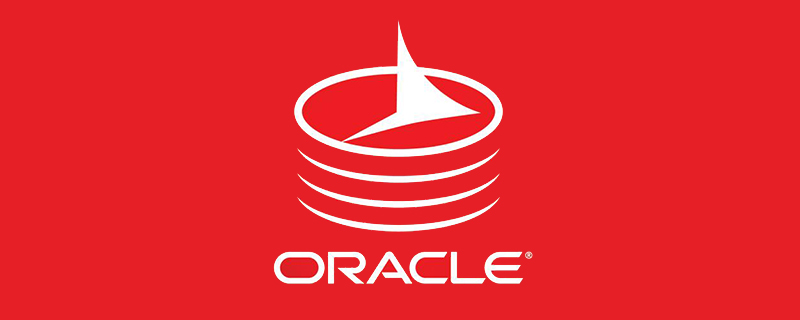The difference between Oracle and SqlServer
- GuanhuiOriginal
- 2020-06-01 15:38:096169browse

The difference between Oracle and SqlServer
The operating platforms are different
Oracle can be used on all mainstream Running on the platform, Oracle Database adopts open policy objectives, which allows customers to choose a solution that best suits their specific needs. Customers can take advantage of a variety of third-party applications and tools. However, SQL Server can only run on Windows.
However, the performance of SQL Server on the Window platform, the overall integration with the Windows operating system, ease of use, and integration with the Microsoft development platform are much stronger than Oracle. However, the stability and reliability of the Windows operating system are obvious to all. Furthermore, Microsoft's strategic goal is to lock customers into the Windows platform environment. Only with the improvement of Windows performance can SQL Server be further improved. Oracle is completely superior to SQL Server in terms of operating platform.
That is to say, Oracle supports multiple operating systems, and sql server supports window systems.
Different stylistic structures
Oracle’s file system structure is:
Data file.dbf (real data)
Log file.rdo
Control file.ctl
Parameter file.ora
The file system structure of sql server is:
.mdf (data dictionary)
.ndf (data file)
.ldf (log file)
Different storage structures
Oracle storage structure:
There are two block parameters pctfree (fill factor) in Oracle and pctused (reuse factor), the controllable block determines when the block itself has and when there is not enough space to accept new information (analysis mechanism for the storage situation of the block)
This way Reduces the possibility of data row joins and row migrations. The size of the block can be set (oltp block and dss block)
In Oracle, continuous blocks are composed of areas, and the area can be dynamically allocated (the allocation of the area can be equal or equal Self-increasing) can reduce the number of space allocations
In Oracle, the table can be divided into multiple segments. The segments are composed of multiple areas. Each segment can specify which table space it is allocated in. (Segment types are divided into: data segment, index segment, rollback segment, temporary segment, cash segment. Tables can also be partitioned in Oracle, and the segments on the disk can be physically separated according to user-defined business rules, conditions or specifications. Data.
This greatly reduces the possibility of disk contention.
Oracle has seven basic table spaces:
·System table space (storage data dictionary and information required for data management itself)
·rbs rollback table space
·temp temporary table space
·tools interactive table space
- ##·users user default table space
- ·indx index table space
- ·dbsys data table space
sql server storage structure
Using pages as the minimum allocation unit, each page is 8k (uncontrollable, lack of analysis mechanism for page storage), which can be composed of 8 consecutive pages An 'extension' to further reduce the resources consumed during allocation. (Lack of flexibility in allocation) In sql server, data is stored in the form of tables, and tables are stored in the database. sql server There are five basic databases:- ·master(data dictionary) ##·mode(storage template)
- ·tempdb (temporary database)
- ·msdb (storage scheduling information and log information)
- ·pubs (sample database )
- Real data and data dictionary are stored together. There is no security mechanism for system parameter information.
Oracle's security certification has obtained the highest certification level ISO standard certification, while SQL Server has not obtained any security certification. This proves that Oracle's security is higher than SQL Server.
Different performanceSQL Server has poor performance with multiple users
Oracle has the highest performance and maintains the world record of TPC-D and TPC-C under Windows NT.
OpennessSQL Server can only run on windows and has no openness at all. The stability of the operating system is very important for the database. Windows9X series products focus on desktop applications, and NT server is only suitable for small and medium-sized enterprises. Moreover, the reliability, security and scalability of the Windows platform are very limited. It is not as proven as Unix, especially when dealing with mission-critical operations with large data volumes.
Oracle can run on all major platforms (including windows). Fully supports all industry standards. Adopt a completely open strategy. This enables customers to choose the most suitable solution. Full support to developers
Client support and application mode
SQL Server C/S structure, only supports windows clients, you can use ADO, DAO, OLEDB, ODBC to connect.
Oracle multi-level network computing supports multiple industrial standards and can be connected using ODBC, JDBC, OCI and other network clients.
Recommended tutorials: "PHP Tutorial" "Oracle Tutorial》
The above is the detailed content of The difference between Oracle and SqlServer. For more information, please follow other related articles on the PHP Chinese website!

